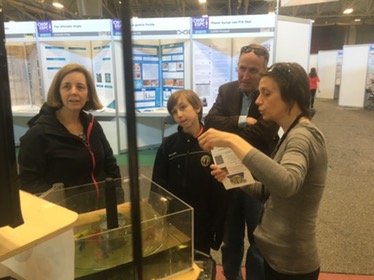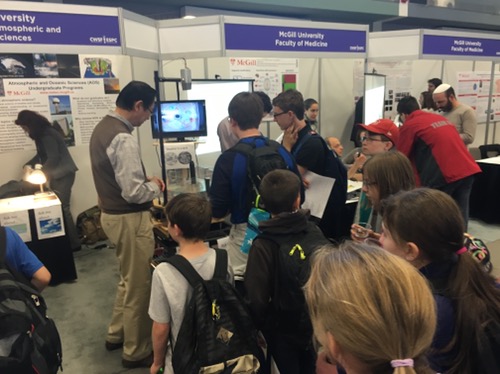Term has started and so has the Environmental Chemistry course that I have been designing during the last few months. The official name is CHEM 298 — Air, water and soil processes and targeted at students, who have at least completed the first of 3 analytical chemistry courses (who have a good knowledge of aqueous phase equilibria in addition to a solid General Chemistry knowledge).
We do a tour of atmospheric, water and soil chemistry followed by interfacial processes and the analytical tools necessary to monitor concentrations and transfer between environmental compartments.
I have quite a few students, who are really interested in the topic with some engaging discussions, quite early in the course. During a brainstorming exercise students have come up with a range of interesting topics that I will try address during the course.
For the term paper and group presentation (which are part of the assessment together with quizzes and a late midterm exam), I have invited the Science Librarian to give a presentation on search strategies, relevant databases and on how to structure search results. Together with peer review sessions of the paper outline (4 weeks into the term) and a draft (2 weeks before the end of term) it should ease students into term paper writing — for all students taking the course it is the first time that they are writing a term paper!






